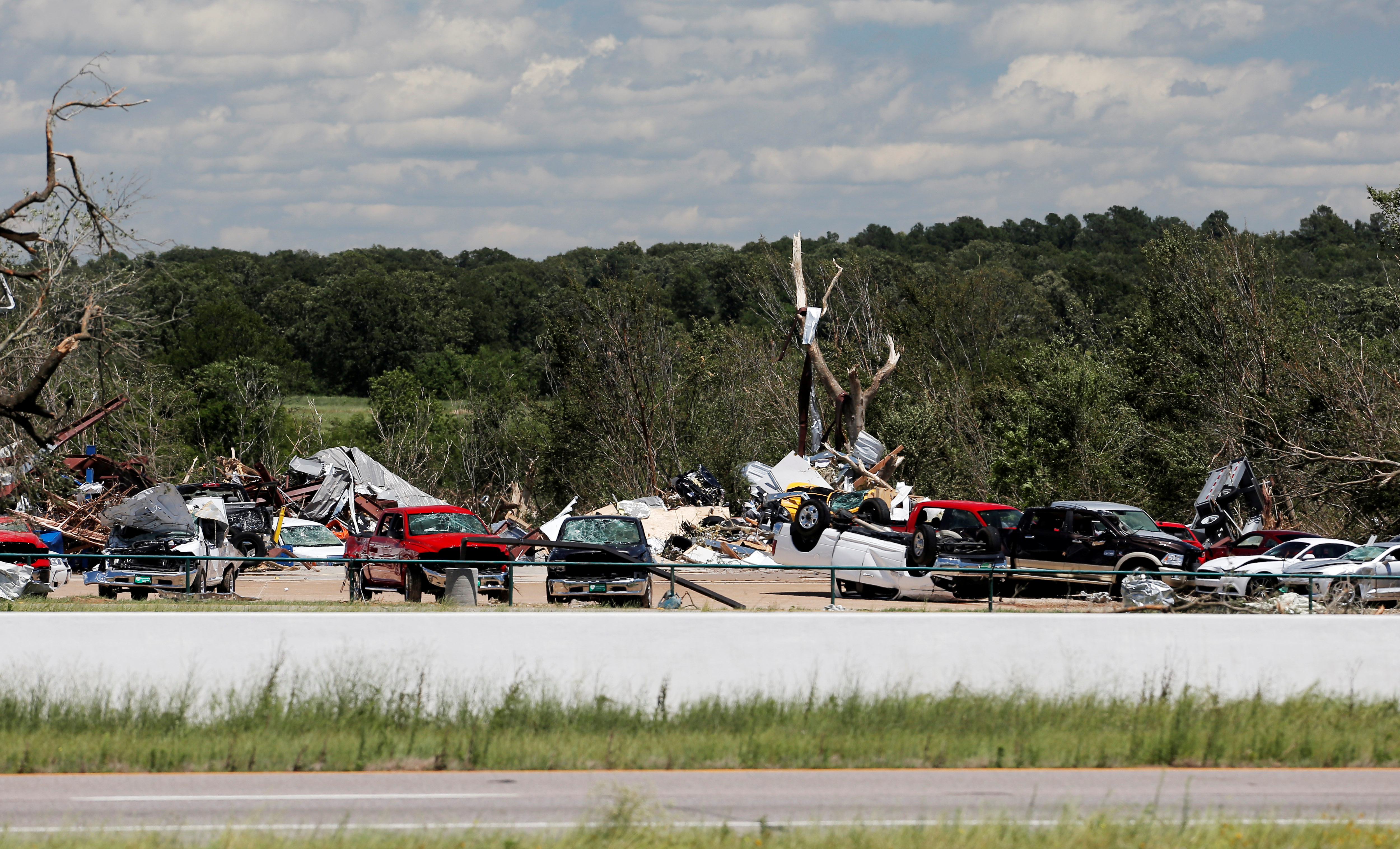
By Liz Hampton
HOUSTON (Reuters) – Oklahoma’s oil and gas regulator on Tuesday released new requirements aimed at reducing the risk of earthquakes from hydraulic fracturing in shale regions in central and southern areas of the state.
The new protocol, issued by the Oklahoma Corporation Commission (OCC), comes in addition to existing rules that apply to a 15,000 square mile area targeted by the regulator for its high rate of temblors from wastewater injection.
The new requirements are aimed at completion activities in the SCOOP and STACK shale producing areas, where drilling is picking up as U.S. oil prices have climbed above $60 a barrel this year.
The state in recent years saw a surge in earthquakes due to the injection of saltwater produced from oil and gas drilling activities into disposal wells. In 2015, there were 903 magnitude 3.0 or higher earthquakes, versus just 41 temblors of that intensity five years earlier, according to Oklahoma Geological Survey data.
Under the new rules, operators will be required to have access to a seismic array that gives real-time information on earthquakes. The rules also lower the threshold for which an operator must take action to a magnitude 2.0 quake from 2.5, and require some operators to pause operations for six hours in the event of a 2.5 magnitude quake.
Previously, operators were only required to pause operations for a magnitude 3.0 or higher quake.
There have been 80 earthquakes of magnitude 2.5 or greater in the SCOOP and STACK area of Oklahoma since December 2016, Matt Skinner, public information manager for the Oklahoma Corporation Commission, said on Tuesday.
“Ultimately, the goal is to have enough information to develop plans that will virtually eliminate the risk of a felt earthquake from a well completion operation in the SCOOP and STACK,” said Jeremy Boak, director of the Oklahoma Geological Survey, in a release. Earthquakes that fall below 2.5 magnitude are usually not felt but can be measured on seismographs.
Well completion activities are less likely to produce induced earthquakes than wastewater injection, geologists said in a release issued by the OCC on Tuesday.
The SCOOP and STACK have far less water associated with drilling activities than Oklahoma’s Arbuckle formation, which was linked to a high rate of temblors from wastewater injection, they added.
The jump in earthquakes has drawn increased attention in recent years, particularly after some larger quakes have occurred near the massive oil storage hub of Cushing, Oklahoma.
(Reporting by Liz Hampton; Editing by Tom Brown)







